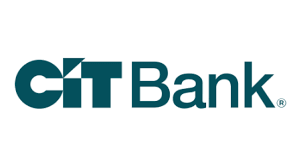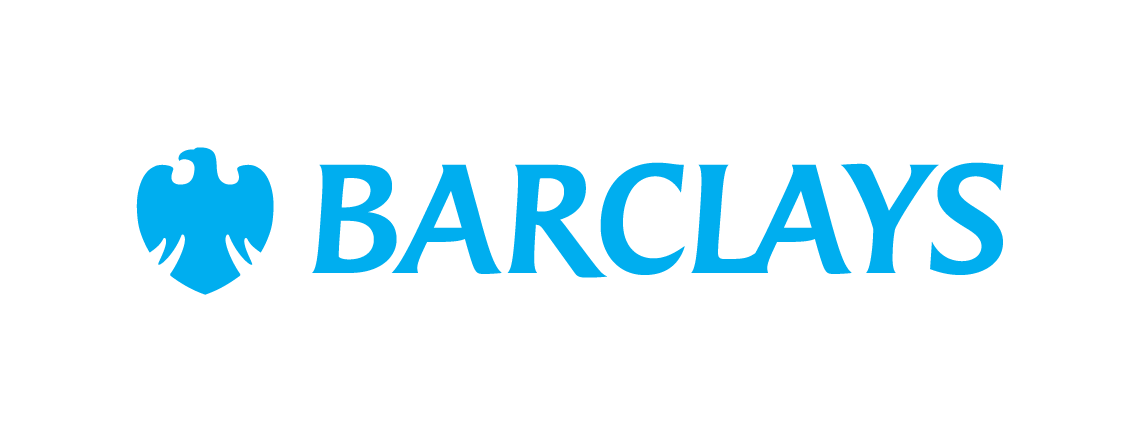Prediction: This Investment Will Beat 5-Year CDs
KEY POINTS
- Certificates of deposit, or CDs, can be a great way to get steady returns from money you won't need for a while.
- While you can find CDs with yields of 4% or even higher right now, they are not the best place to invest all of your money.
- Over long periods of time, stocks have outperformed virtually all other asset classes, CDs included.
CDs can be a smart way to lock in an interest rate and get steady income from savings that you aren't likely to need for a while. However, they are best suited for income and aren't necessarily a great way to build wealth over time.
As of this writing, it's rather easy to find 5-year CDs with guaranteed APYs in the 4.00%-4.50% range from the top online banks. But for long-term wealth building, there's no comparison between CDs and the stock market.
CDs vs. stocks
Getting a return of 4% or 4.5% from a 5-year CD is certainly a respectable amount of income, especially from a risk-free investment. For people under 35 years old who are reading this, the current CD interest rate environment is the best it's been in your adult life.
However, if you're hoping to build long-term wealth, there's simply no more surefire way than the stock market.
Our Picks for the Best High-Yield Savings Accounts of 2025
| Product | APY | Min. to Earn | |

American Express® High Yield Savings
Member FDIC.
APY
3.70%
Rate info
3.70% annual percentage yield as of April 13, 2025. Terms apply.
Min. to earn
$0
Open Account for American Express® High Yield Savings
On American Express's Secure Website. |
3.70%
Rate info
3.70% annual percentage yield as of April 13, 2025. Terms apply.
|
$0
|
Open Account for American Express® High Yield Savings
On American Express's Secure Website. |

CIT Platinum Savings
Member FDIC.
APY
4.10% APY for balances of $5,000 or more
Rate info
4.10% APY for balances of $5,000 or more; otherwise, 0.25% APY
Min. to earn
$100 to open account, $5,000+ for max APY
Open Account for CIT Platinum Savings
On CIT's Secure Website. |
4.10% APY for balances of $5,000 or more
Rate info
4.10% APY for balances of $5,000 or more; otherwise, 0.25% APY
|
$100 to open account, $5,000+ for max APY
|
Open Account for CIT Platinum Savings
On CIT's Secure Website. |

Barclays Tiered Savings
Member FDIC.
APY
4.15%
Rate info
Balances less than $250,000 earn 4.15%, and balances greater than $250,000 earn 4.40% APY.
Min. to earn
$0
Open Account for Barclays Tiered Savings
On Barclays' Secure Website. |
4.15%
Rate info
Balances less than $250,000 earn 4.15%, and balances greater than $250,000 earn 4.40% APY.
|
$0
|
Open Account for Barclays Tiered Savings
On Barclays' Secure Website. |
You don't need to buy individual stocks or find the next big trend to achieve excellent returns. Even opening a brokerage account and buying a basic index fund that tracks the benchmark S&P 500 index can be a surprisingly strong wealth creator over time. In fact, from 1965 through the end of 2023, the S&P 500 produced annualized returns of 10.2%
Here's what this means. Let's say that you have $20,000 to invest that you want to use to build a nest egg for the future. Even if you can get a 4.50% APY on 5-year CDs forever, this amount of money will compound to about $74,900 after 30 years.
On the other hand, simply using the 10.2% annualized return of the stock market, a $20,000 investment would grow to more than $368,000 over a 30-year period. And that assumes a one-time investment. Imagine if you added a few thousand dollars to your investment every year along the way.
Both investment types have pros and cons
To be sure, both CDs and stock market investments have pros and cons. The long-term return potential of the stock market is certainly an advantage, but the downside is that stocks can be rather volatile over shorter periods.
In fact, during the 1965-2023 period I mentioned earlier, the total returns from the stock market in a single year have been as high as 38% or as low as negative 37%. On the other hand, CDs have lower long-term return potential, but the value of your investment is 100% safe.
For this reason, financial planners (including myself) generally suggest that investors keep their assets in a mix of stock-based investments and fixed-income instruments, which includes CDs. One popular rule of thumb is known as the "rule of 110," and says that if you subtract your age from 110, you'll get the ideal percentage of your portfolio to keep in stocks, with the rest in fixed income.
For example, I'm 42 years old, so this implies that I should have 68% of my money in stocks, and the other 32% in fixed-income instruments.
The idea is that while you're younger and have decades to let your money ride out the ups and downs of the market, that's when the bulk of your money should be in stocks. On the other hand, as you get older and your focus becomes more about income than growth, that's when instruments like 5-year CDs make the most sense.
Our Research Expert
We're firm believers in the Golden Rule, which is why editorial opinions are ours alone and have not been previously reviewed, approved, or endorsed by included advertisers. Motley Fool Money does not cover all offers on the market. Motley Fool Money is 100% owned and operated by The Motley Fool. Our knowledgeable team of personal finance editors and analysts are employed by The Motley Fool and held to the same set of publishing standards and editorial integrity while maintaining professional separation from the analysts and editors on other Motley Fool brands. Terms may apply to offers listed on this page. APYs are subject to change at any time without notice.